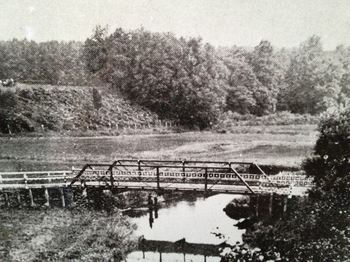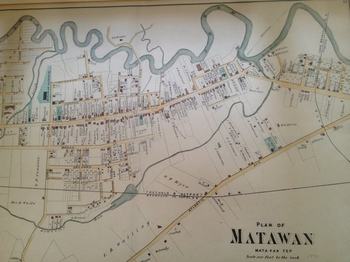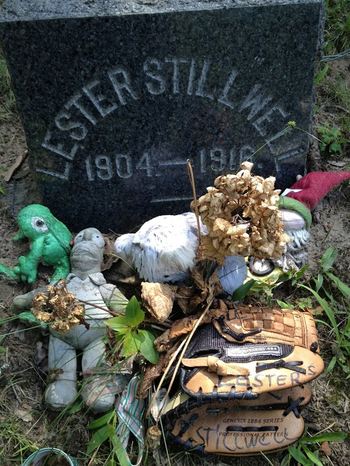
It was the moment when sharks became monsters.
Before the summer of 1916, the American imagination considered sharks just another fish. Experts said the creatures were shy and posed no threat to swimmers. Those notions had to be forcibly revised during the first two weeks of July, when separate attacks off the Jersey Shore left two men dead from shark bites that removed most of their lower bodies.
"Science Admits Its Error," read a headline in The New York Times. "No Longer Doubted that Big Fish Attack Men."
Then came the events of July 12 in Matawan, New Jersey.
Conditions were stifling inside the local basket factory that day, where several boys toiled in the heat beside the men. By late afternoon, with the sun beating down on the building, the factory foreman decided to take mercy on the boys. He gathered them up and told them it was time to honor the small town tradition of ditching work for a mid-summer swim.
With a whoop, the boys obeyed. They headed to Matawan Creek — at a spot with a dock two miles inland from Lower New York Bay.
Among them was 11-year-old Lester Stillwell, a frail epileptic from the poor side of town. His friends later recounted that Lester was floating on his back when what seemed like a shadow rose from below, struck Lester with tremendous force and lifted him out of the water, before taking him under.
Among the first to arrive on the scene was the 24-year-old son of a sea captain named Stanley Fisher. He and some other young men stood in rowboats and used poles to probe the murky water for Lester. After a while, it became clear to the men — and to the townsfolk crowding the creek bank — that they were no longer trying to save Lester's life. They were searching for his body.
It was also clear that the shark that had taken the boy could still be prowling the creek. Yet Stanley lay down his pole and dove in.
Why?
Why did Stanley Fisher risk his life to search for Lester Stillwell when saving the boy was no longer possible?
We traveled to Matawan and put that question to town historian Al Savolaine, a grandfatherly man with a white mustache who has spent decades researching the shark attacks. His answer involves the Victorian concept of "the good death." It echoes a famous passage in Joan Didion's essay, "On Morality," in which she describes an intrinsic agreement that helps define our common humanity:
"One of the promises we make to one another is that we will try to retrieve our casualties, try not to abandon our dead to the coyotes. If we have been taught to keep our promises – if, in the simplest terms, our upbringing is good enough – we stay with the body, or have bad dreams."







